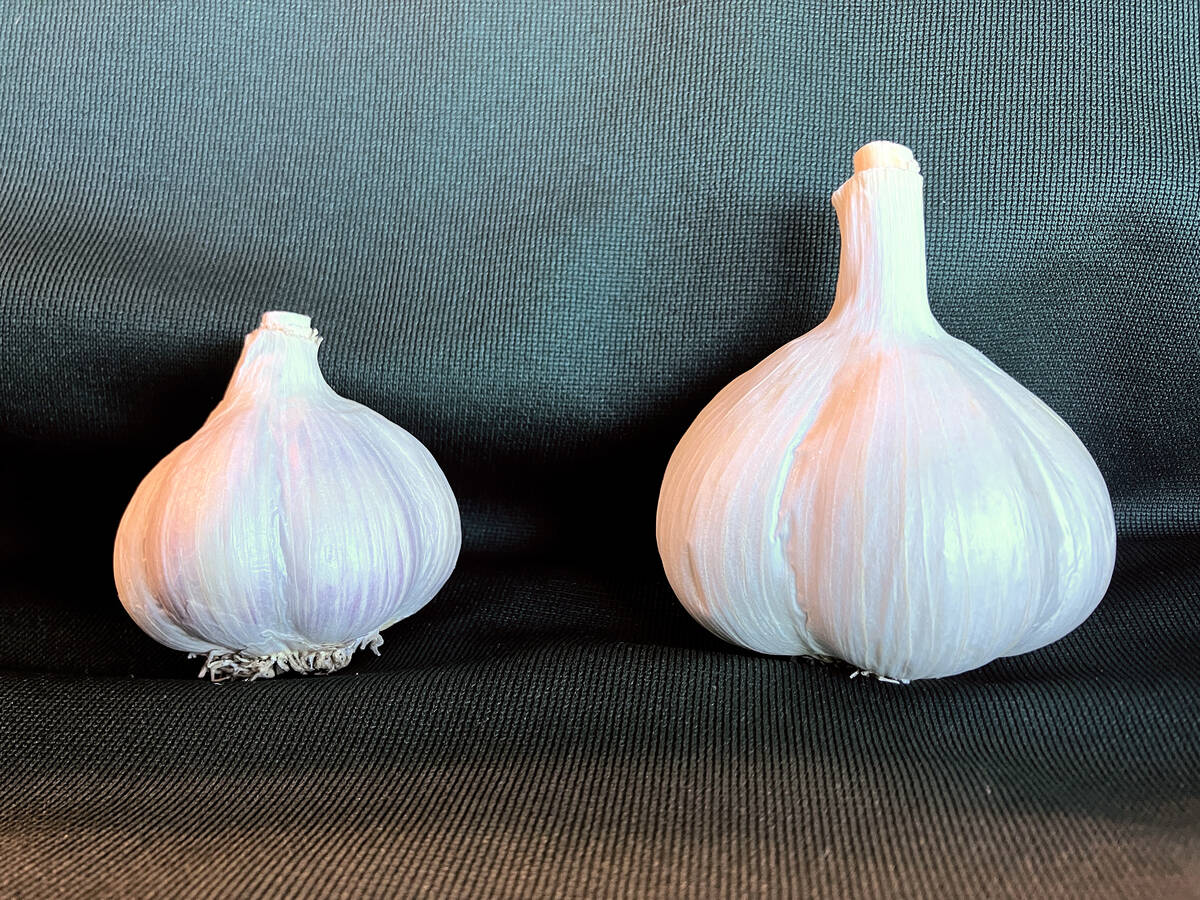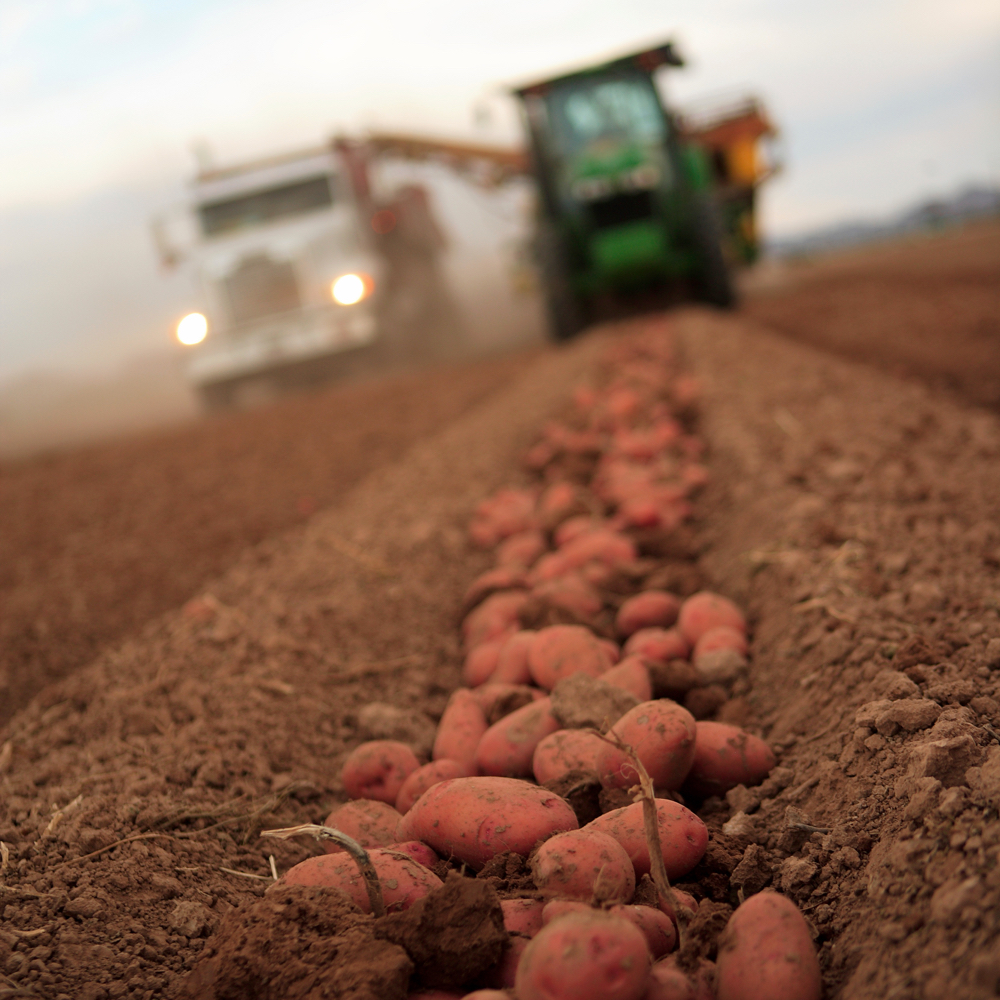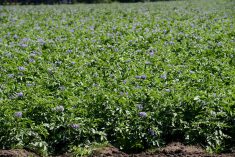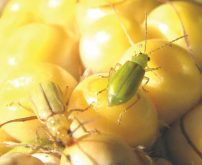Potato growers in Ontario are under constant pressure to manage blight and rhizoctonia. Long-term research shows that potato virus Y, or PVY, is another disease of concern, particularly to potato growers with both seed and processing crops.
PVY isn’t new to Ontario, but research shows strains are evolving. That is the finding of a study that began in 2009 by Mathuresh Sing and Tyler MacKenzie from Agricultural Certification Services Inc., along with Potatoes New Brunswick, a collective of researchers and individuals from the Maritimes and other jurisdictions of North America.
Research indicates PVY strains are advancing and damage can be correlated with aphid populations.
Read Also

Clean seed garlic promises bigger bulbs and higher returns for growers
Ontario garlic trials show clean seed outshines conventional yields, with stronger drought resilience, reduced virus risk and greater economic outcomes.
Why it matters: Strains of potato virus Y can cause plant stunting and ringspots on tubers, making them unmarketable.
“For Ontario seed potato growers, management of PVY and its strains is a high priority, as high as the management of late blight,” says Eugenia Banks, potato specialist with the Ontario Potato Board.
“Seed growers strive to keep the PVY level of infection as low as possible. Planting seed with two to three per cent PVY infection will not result in noticeable yield reduction but above that range, crop losses may occur.”
According to the Agricultural Certification Services spring publication, potato plants are most sensitive to infection at early growth stages. There is also a higher correlation between post-harvest virus levels of PVY and higher early-season aphid populations.
Growers are advised to spray early in the season and tank-mix mineral oil applications with insecticides. Later-season spraying can also help. Delayed planting may also reduce exposure to peak aphid timing.
The other research finding is the shift in PVY strains and populations across parts of Eastern Canada. As the scientists state in their research document, “(Potato Virus Y) is not a singular virus but a complex of strains causing different leaf symptoms and effects on tuber yield and quality. Different strains also spread at different rates.”
The PVYO strain was once dominant in Canada. Around 2013, it began declining, replaced by PVYN:O, PVYN-Wi and PVYNTN, with the latter spreading fastest. Across western North America, PVYN-Wi has become the more prevalent strain and may have been introduced via potato seed imports. All can be spread via aphids, as well as through leaf damage from field equipment.
“As Mathuresh mentions, the strain causing most of the damage in Ontario is probably PVYN-Wi,” says Banks. “PVYNTN is seen erratically in Yukon Gold and other table varieties, but not much in processing varieties.”
The best management practices document from Potatoes New Brunswick contains six recommendations:
- Plant certified seed with the lowest PVY level possible. Starting clean may be the most cost-effective practice for managing PVY;
- Weekly applications of at least two litres per acre of mineral oil, starting soon after emergence to just before topkill, along with tank-mixes of effective insecticides, can slow the spread of PVY;
- Time crop planting, spraying and topkill to protect against aphids. Consider delayed planting into June following mild winters or if aphid activity in spring is expected to be high. Crops that mature quickly can reduce the time plants are in the field and available for virus transmission via aphids;
- Rogue early, even if seed plots have a zero virus rating;
- Control the controllable. It’s not possible to manage weather, aphid populations or changes in PVY strains, but scouting and managing crops, including frequent spraying, can reduce PVY spread;
- Growers with both seed and processing or table stock crops have a higher risk of PVY levels than those growing only seed. This is especially true in years with high PVY infection. If mixing seed and processing or table stock varieties, production should be managed more intensely.















